How To Manage Virtual Memory In Windows 10
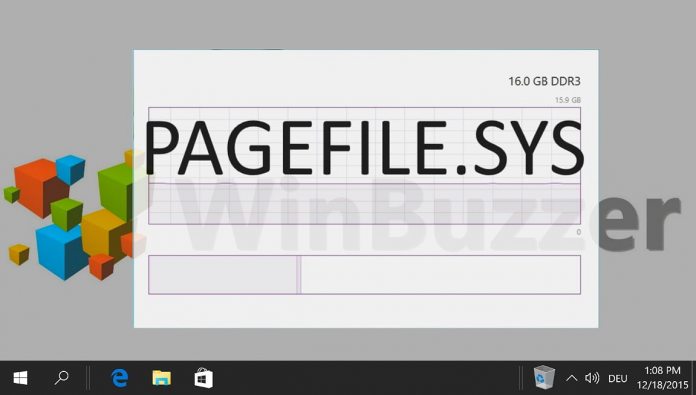
Has Windows x ever warned you your system is low on virtual retentiveness? This can happen when you get-go an awarding that may be intensive on your system. If this happens to you lot, it is worth knowing how to manage and increase Pagefile (virtual memory) in Windows 10.
Pagefile is a Windows 10 system file that comes with the .SYS extension. Many users are unfamiliar with it considering information technology is a subconscious file that is stored on a hard bulldoze. Essentially, the Pagefile.sys manages the concrete memory (RAM) and allows your PC to perform at optimum levels.
What does virtual memory practice?
Whenever you lot open an application in Windows, your PC will consume RAM. When you have more apps open than the RAM on your PC can handle, programs already running in the RAM are moved to the Page file. Technically, this is known as Paging and essentially means the Page file acts as fill-in RAM… many users know this as virtual memory.
Windows ten has built-in automatic tools that manage Pagefile consumption based on your computer'due south RAM. If yous see a dip in PC performance or lag, your first port of telephone call should be the Pagefile.
The Pagefile should also exist your destination if you lot experience a PC crash because Windows ten saves so-called crash dump images in the file. Whether you want to manage the paging file, cheque crash reports, or uncover reasons for bad PC performance, there are several reasons to visit the virtual retention in Windows 10.
Recommended virtual retention for Windows 10
In order to optimally set up the paging file, the following basic rules utilise to Windows 10:
- If available, yous should put the Pagefile on an SSD drive. Ideally, this is the system bulldoze.
- By splitting the Pagefile over several data storage locations, Windows x can exist accelerated somewhat. Nevertheless, if you have installed an SSD drive and slower conventional difficult drives, yous should only utilize the folio file on SSD.
- Past specifying a fixed size for the Pagefile, Windows 10 works a little faster because the virtual retentivity does not have to be enlarged as needed.
Optimize and Manage the Pagefile (Virtual Memory) in Windows ten
You tin can optimize the paging file in Windows 10 by post-obit these steps:
- Open Control Console through Windows Search.
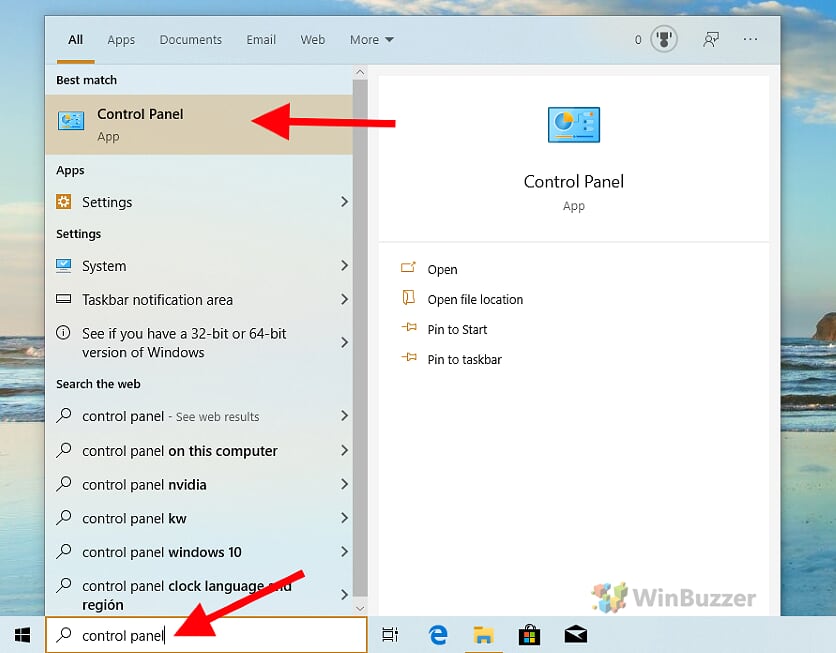
- In Control Panel head to "System and Security".
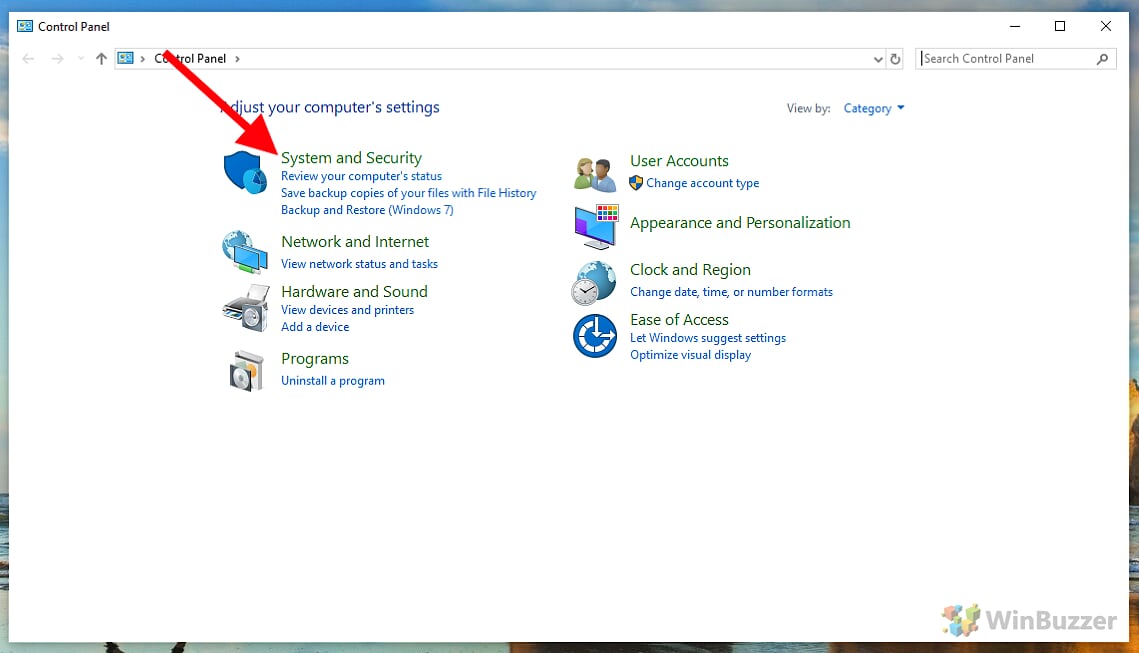
- Side by side open the "Arrangement" menu.
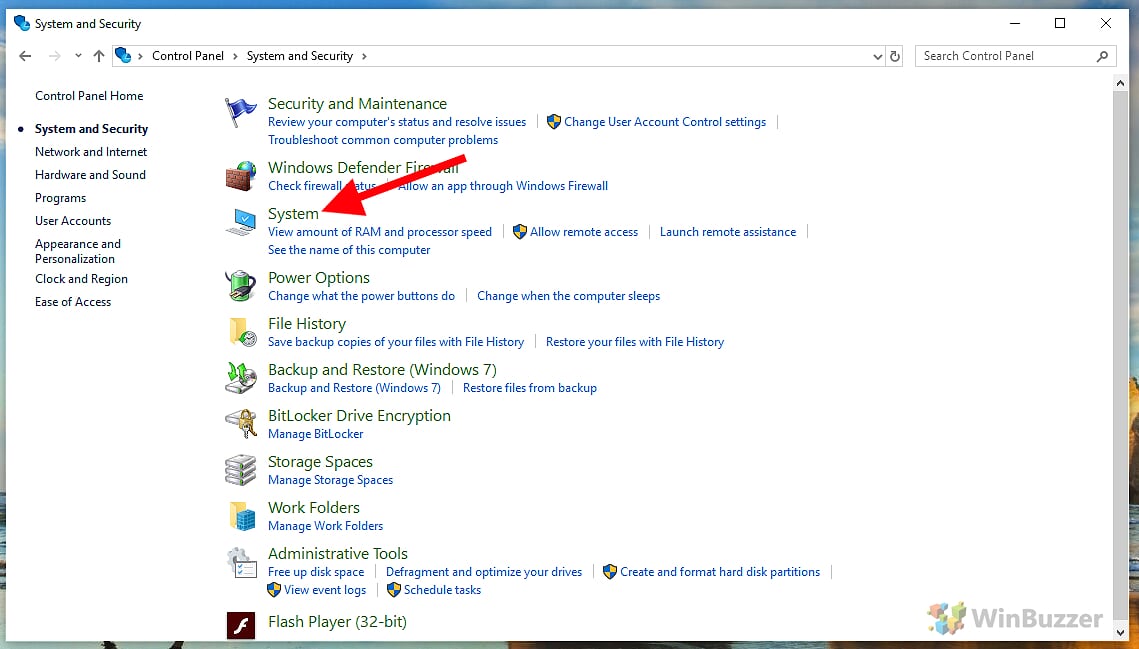
- On the left, click on "Advanced system settings".

- Utilise System Properties to manage performance.
"System Properties" will open up. Under the "Advanced" tab, find "Performance" and click on "Settings".
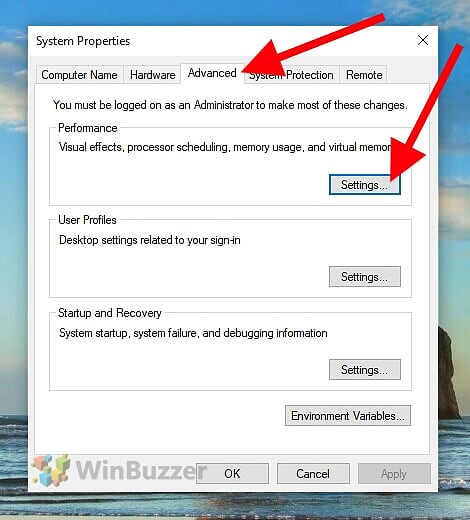
- Find virtual memory management in "Performance Options".
In the "Performance Options" carte that then opens, you can admission the settings for the paging file under "Advanced" and so click on "Change" under "Virtual retention".
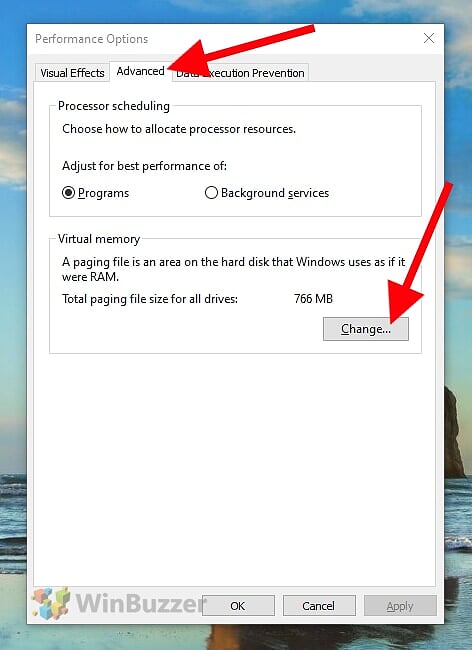
- Create a custom paging file size
Uncheck "Automatically manage paging file sizes for all drives". Under the list of drives, select your chosen drive. Motility to the "Custom size" option and input our Windows 10 Paging file size recommendation, and click "OK". For optimal performance, "Initial size" and "Maximum size" should be the same.
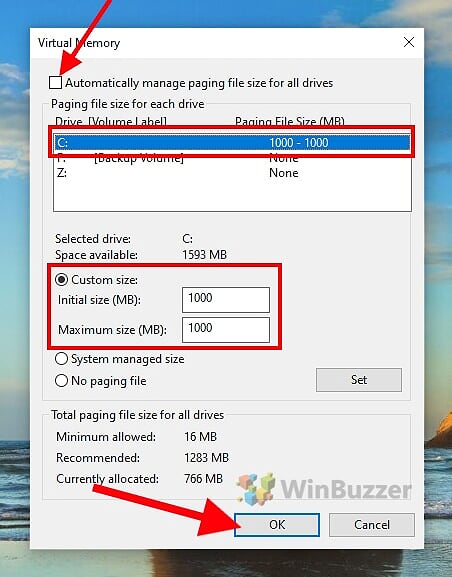
Source: https://winbuzzer.com/2020/04/23/how-to-optimize-windows-10-virtual-memory-pagefile-sys-xcxwbt/
Posted by: pachecopamentier45.blogspot.com

0 Response to "How To Manage Virtual Memory In Windows 10"
Post a Comment